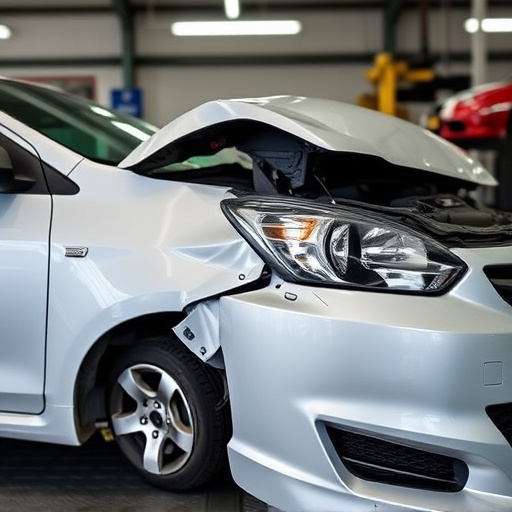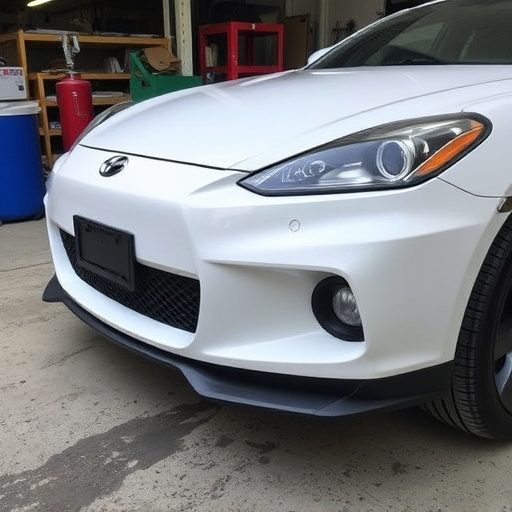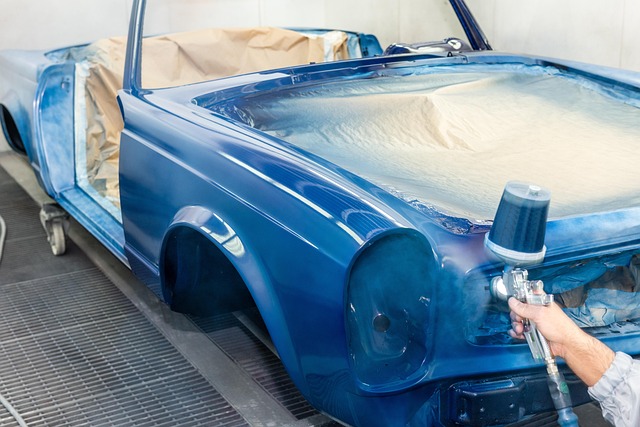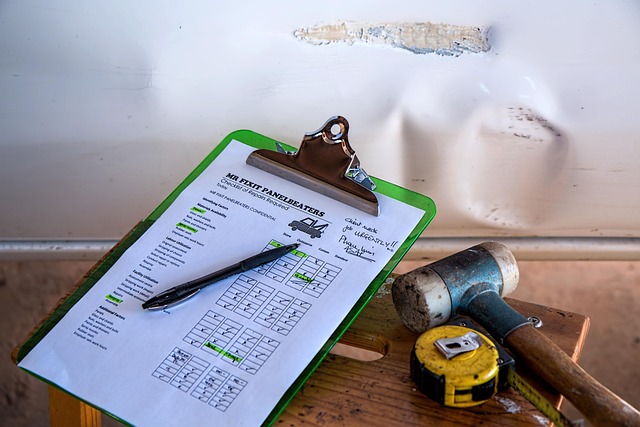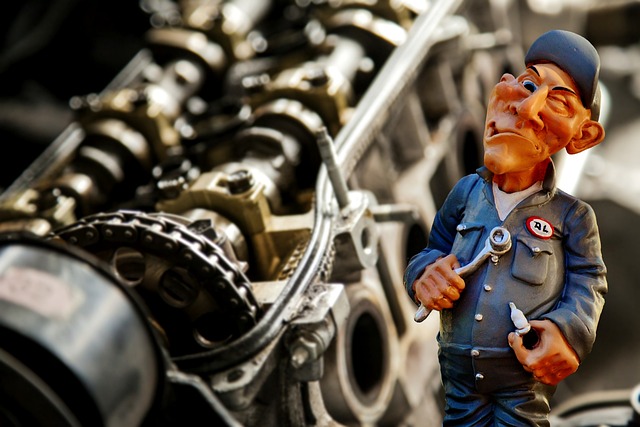Promptly inspect for coolant and oil leaks, persistent overheating, and unusual noises from pressure relief valves to prevent cooling system accident damage. Timely action by skilled technicians at reputable auto collision centers mitigates secondary damages and costly repairs.
“Uncovering the subtle signs of a cooling system accident can prevent severe damage and costly repairs. This comprehensive guide equips you to identify potential issues before they escalate. From detecting leaks in your coolant and oil to understanding engine overheating alerts, these indicators are your early warning system. Learn about pressure relief valves, their vital role, and how they safeguard your vehicle from catastrophic failures. Stay proactive and ensure the smooth operation of your cooling system.”
- Detecting Leaks: Signs in Coolant and Oil
- Engine Overheating: Temperature Gauge Alerts
- Pressure Relief Valves: Protecting Against Damage
Detecting Leaks: Signs in Coolant and Oil

Detecting leaks is a crucial step in identifying cooling system accident damage. One of the most obvious signs is the presence of coolant or oil under your vehicle. Coolant leaks can be recognized by its distinctive odour, often sweet and pungent, and it may appear as a colourful stain beneath the car. If you notice any coloured fluid pooling around your vehicle, especially after parking on hot surfaces or following engine operation, this could indicate a leak in the cooling system.
Oil leaks, meanwhile, can be more subtle. Look for dark patches that might suggest oil seeping from joints, gaskets, or seals. In some cases, oil leaks may not be immediately visible but can be identified by unusual odours or even by checking the oil level in your vehicle’s engine—a decrease could signal a leak, which, left unchecked, could lead to more severe cooling system accident damage and subsequent vehicle body repair needs. Prompt action on these signs can help prevent further complications and reduce the need for extensive dent removal or vehicle repair services.
Engine Overheating: Temperature Gauge Alerts

One of the most visible signs of potential cooling system accident damage is persistent engine overheating. If your temperature gauge starts creeping into the “Hot” zone and remains there, even after allowing the engine to cool down, it’s a clear indicator that something is amiss with your vehicle’s cooling system. This could be due to low coolant levels, a leaking radiator, or a faulty thermostat, all of which are common culprits in cooling system accidents.
Ignoring this warning sign can lead to more severe damage, including engine compression issues and even complete engine failure. If you notice consistent overheating, it’s crucial to take your vehicle to a reputable auto collision center for an inspection. Skilled technicians can diagnose the problem, whether it’s as simple as requiring top-up coolant or more complex repairs like dent removal and replacement parts. Timely intervention ensures not only the safety of your vehicle but also prevents costly repairs down the line from secondary damage caused by overheating.
Pressure Relief Valves: Protecting Against Damage

Pressure relief valves are a critical component of any cooling system, designed to protect against potential damage during a failure or overload. These valves act as safety mechanisms, allowing for the safe release of high-pressure coolant in the event of an issue. By enabling this controlled release, they prevent catastrophic failures that could lead to significant cooling system accident damage. Regular inspection and maintenance are essential to ensure these valves function correctly; any defects should be addressed promptly by a qualified mechanic, as neglecting them could result in costly repairs or even more severe problems.
In the event of an accident, understanding the role of pressure relief valves can help vehicle owners identify potential issues. If the valve is compromised or not functioning as intended, it may cause unusual noises, overheating, or even visible signs of damage on the exterior, such as dents or fender deformities. Prompt attention to these indicators and a visit to a reputable collision center for an expert assessment are vital steps in mitigating further complications.
In the event of a cooling system accident, prompt detection through signs like leaks in coolant or oil, engine overheating, and pressure relief valves is crucial. By staying vigilant for these indicators, vehicle owners can prevent severe damage and ensure the longevity of their engine. Regular maintenance and understanding these warning signals are key to navigating potential cooling system issues effectively.
